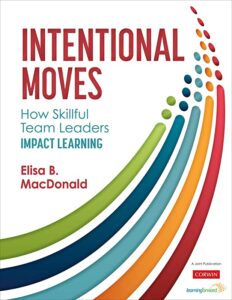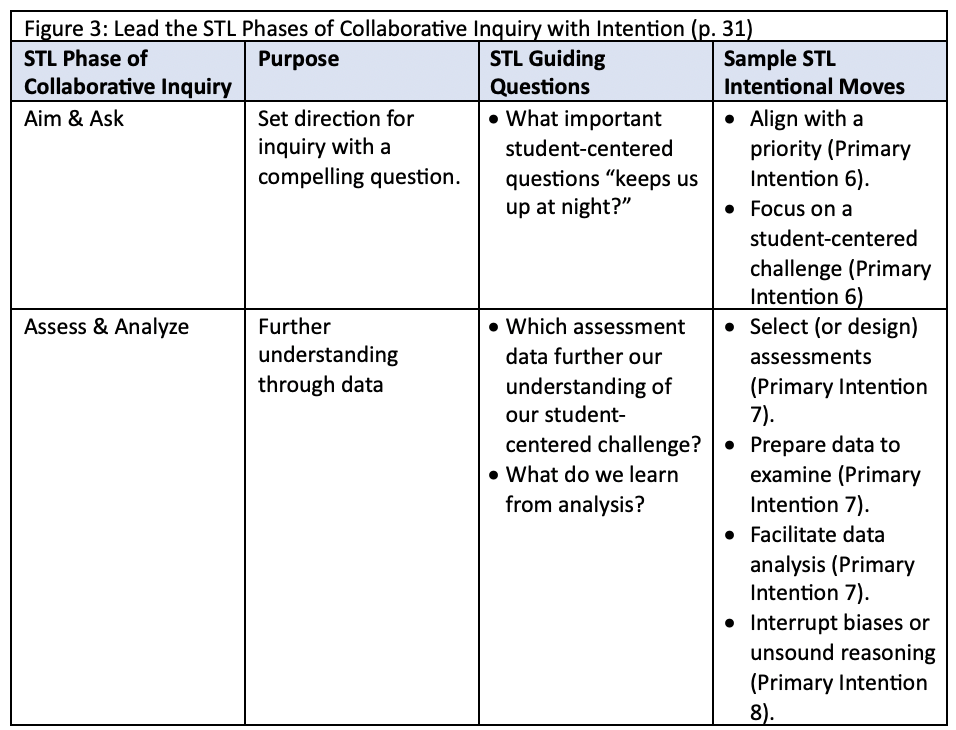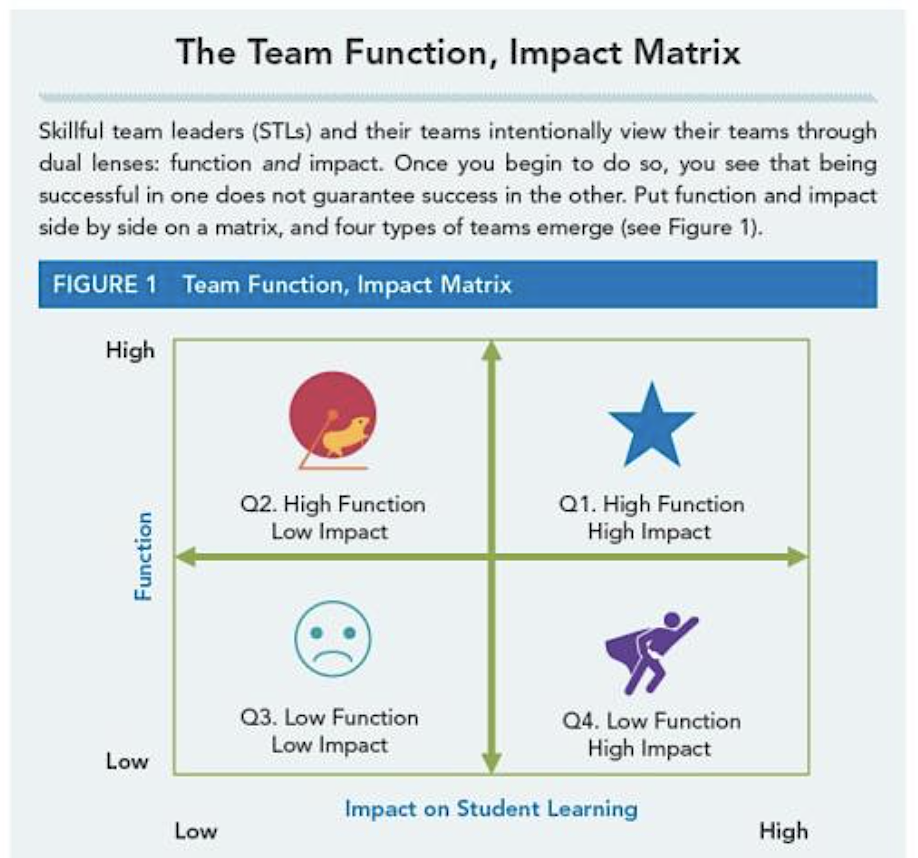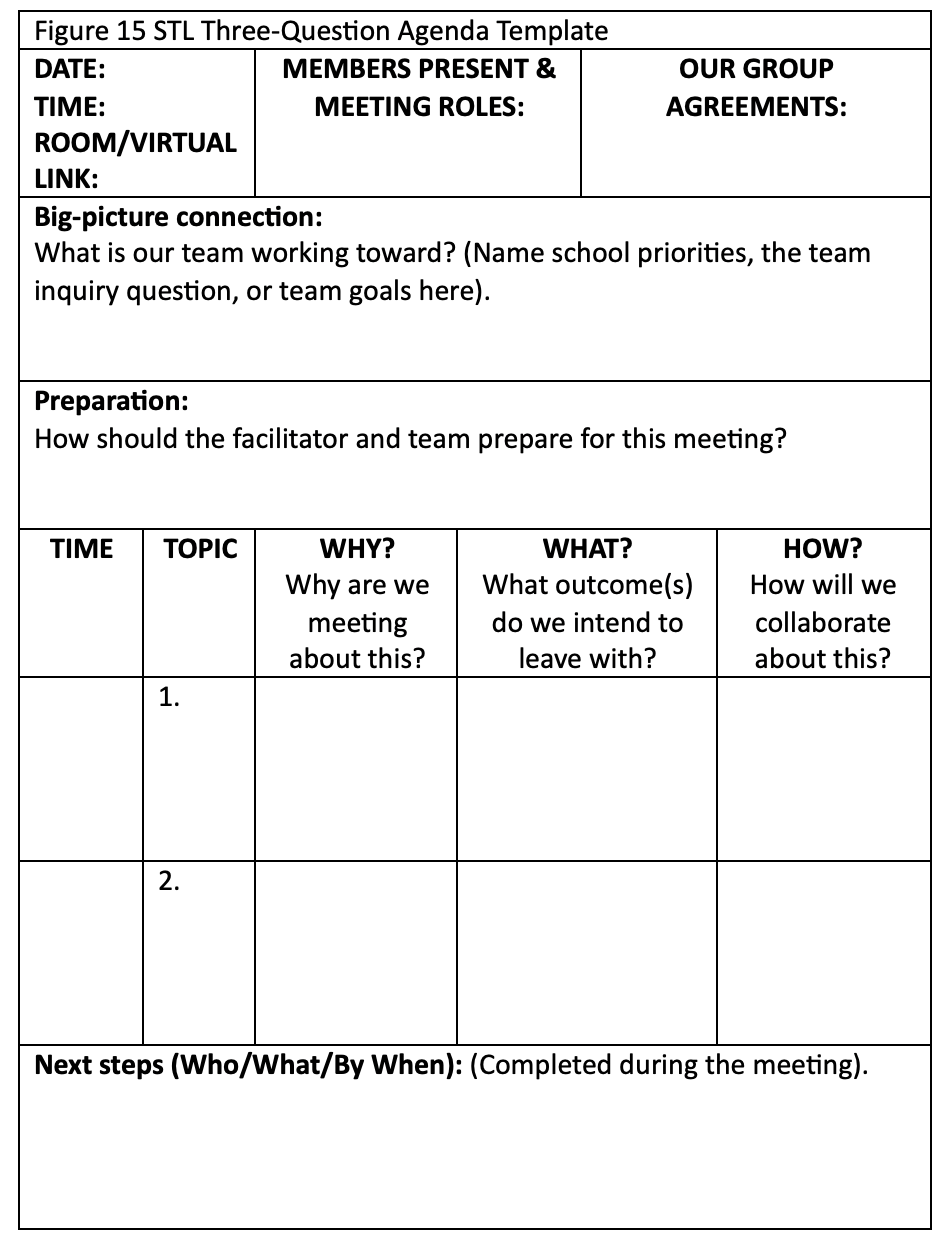Team Leader Moves That Impact Adult Learning
Intentional Moves: How Skillful Team Leaders Impact Learning
By Elisa B. MacDonald
(Corwin, 2022 – Learn more)
Reviewed by Cathy Gassenheimer

It was big, flat, and heavy. We both guessed it was a book or a catalogue. So, in his presence, I opened it up and discovered a treasure! I can’t quite recall what I said, but it was probably something like: “Wow! I can hardly wait to start reading!”
The mailman wasn’t so sure. Looking at the title, he said, “I thought you were retired.”
“I am…kinda,” I responded as I thanked him profusely and closed the door.
A Treasure for Leaders at Every Level

I know and admire Elisa. She’s the author of the bestselling and influential book The Skillful Team Leader (Corwin, 2013). We used that book in our work with Alabama instructional coaches and even brought Elisa to a retreat to share her knowledge and insights with them. (You can read my review of her first book here.) Now I had something new.
The Impact Matrix
In both books, The Skillful Team Leader and Intentional Moves, Elisa builds upon her experience and categorizes teams into four different categories in what she calls the Team Function Impact Matrix. Here’s a brief description of each quadrant:
Quadrant 1: High Function, High Impact. These are the teams we all hope to work with as they work well together and the result is improved teaching and learning.
Quadrant 2: High Function, Low Impact. This quadrant can be puzzling, at least at first. Team members work together well, but their work doesn’t often result in improved student learning. In this quadrant, team members may “drop the ball” on an agreed lesson or fail to reflect on the impact of their teaching.
Quadrant 3: Low Function, Low Impact. Unfortunately, most of us have encountered a team like this where dysfunction and lack of results occur. Team members often don’t get along, and they don’t expect their work on the team to result in much of anything.
Quadrant 4: Low Function, High Impact. Elisa explains these teams as “perhaps the most perplexing in that they don’t function well as a group, but they do achieve results for students. People on Q4 teams are often happy to meet with their colleagues socially; however, they don’t see much promise in learning with or from one another (Intentional Moves, p. 20).”
Elisa is quick to caution readers that movement between these quadrants can be fluid and that some teams may be “in-between” one of the quadrants. She offers the matrix as a tool for dialogue, not a process for evaluation. In fact, Elisa reminds us that each team has some “hidden strengths” and can often move from a lower quadrant to a higher one.
More Resources, More Tools, More Ideas
Elisa’s new book represents a shift in focus from her first book: From what team leaders can do to a focus on results. In other words, she suggests that team leaders should ask the question, What am I trying to accomplish?
To help coaches and team leaders Intentional Moves is organized into 10 Skillful Team Leader Primary Intentions, offering close to 150 different moves.
The annotated table of contents serves as an invaluable guide and resource. In fact, Elisa suggests the following when opening the book:
“Approach it as you would any field book or practitioner’s guide. Rely heavily on the Table of Contents to find what you need when you need it. First, read the front matter in Parts I and II so that you are better equipped to implement the moves in Part III. When you are ready, decide what your primary intention is and turn to the cover page to zero in on what moves might be appropriate to use in your situation” (p. 13).
[You’ll find some meaty excerpts from the book at this Corwin webpage.]
Chapter Organization
Each primary intention chapter begins with an introduction followed by several moves organized by what specifically the coach or team leader needs. Each move is accompanied with a list of benefits as well as recommendations for when it might be appropriate to use. And, perhaps most valuable, are scenarios or “scripted excerpts” from either a real or imagined team dialogue.
For example, Primary Intention 5: Engage and Interact: Participation and Conflict Resolution provides this scenario to help the team leader listen for “points of agreement” during a conflict:
Teacher One: “I think we have a gossip and clique problem that needs to be addressed. Said or unsaid, there is an ‘in’ crowd, and it creates division among our staff.”
Teacher Two: “I don’t think this behavior is everywhere in our school. Teachers at my grade level are inclusive.”
Teacher One: “C’mon. If we are being real here, you know people talk behind one another’s backs on our staff.”
Teacher Two: “I don’t think that’s true. I’m direct with people.”
Team Leader: “Thank you both. I’m going to interject here because it’s important to note that people have different experiences, and our purpose is not to debate to what extent those experiences are true; it’s just to be aware of the hindering behaviors that might creep into our own team meetings, and set norms to avoid them. Where I see agreement between you is the recommendation for our team to be inclusive and direct” (pp. 253-254).
Some of My Favorite Sections
To keep this book review from being almost as long as Elisa’s book, I want to mention just a few of the gems I discovered. By looking at the table of contents and thumbing through the book, you’ll find just-in-time resources and ideas that will help you respond to your specific need.
Collaborative Inquiry
The Skillful Team Leader Collaborative Inquiry is comprised of a cycle of six different actions with a student-centered challenge in the center of the cycle. Elisa offers this table to help team leaders better understand the cycle and steps:

The Five “Must-Knows” About Adult Learners
Elisa calls upon the work of Malcolm Knowles, the father of “andragogy,” which is adult learning as opposed to student learning, and also Robert Kegan and Ellie Drago Severson’s “Four Ways of Knowing” (p. 45).
Elisa’s synthesis of these three scholars’ work offers five “essential understandings” when working with adults (p. 47):
1. Adults are natural problem solvers and self-directed learners.
2. Adults need to know why they are learning something new, how it is relevant to them, and what practical application it has.
3. Adults are motivated by learning that improves either who they are or what they do.
4. Adults know the best ways in which they learn.
5. Adults want to be treated as professionals with their experience and expertise acknowledged.
As you read those five essential understandings, many of you might make the connection to Jim Knight’s partnership principles, which appear in all of his work and books. Team leaders and coaches who don’t embrace these essential understandings (and Knight’s partnership principles) will find themselves having difficulty when working with colleagues.
The Three-Question Agenda Template
I’ve heard from some team leaders/coaches that they have difficulty helping teams organize their meetings. Elisa offers a simple, but powerful template that can help solve this problem.
A Valuable Resource for Instructional Coaches and Team Leaders
In closing, let me state the overused but appropriate metaphor for what I’ve written: This is just the tip of the iceberg when it comes to this valuable resource. Elisa’s 30 years in education, in which she served as teacher, literacy coach, AP for instruction, adjunct professor, and national director of Teach Plus, enabled her to develop this invaluable resource.
Although I’ve only had the book for about ten days as I write this, it is already tabbed and highlighted and will be used again and again as I work with districts and schools to strengthen teaching and learning.
Read Elisa MacDonald’s recent MiddleWeb article:
Team Leaders Use Clear Parameters to Build Trust
Cathy Gassenheimer is a professional learning consultant specializing in collaborative adult learning and collective efficacy. For 22 years she was Executive Vice President of the Alabama Best Practices Center, a program of Alabama’s statewide business/community nonprofit A+ Education Partnership, and led the work of three statewide educator networks focused on teaching, leadership, and instructional coaching. Connect with her via LinkedIn and on Twitter @cathygassenheim.
































